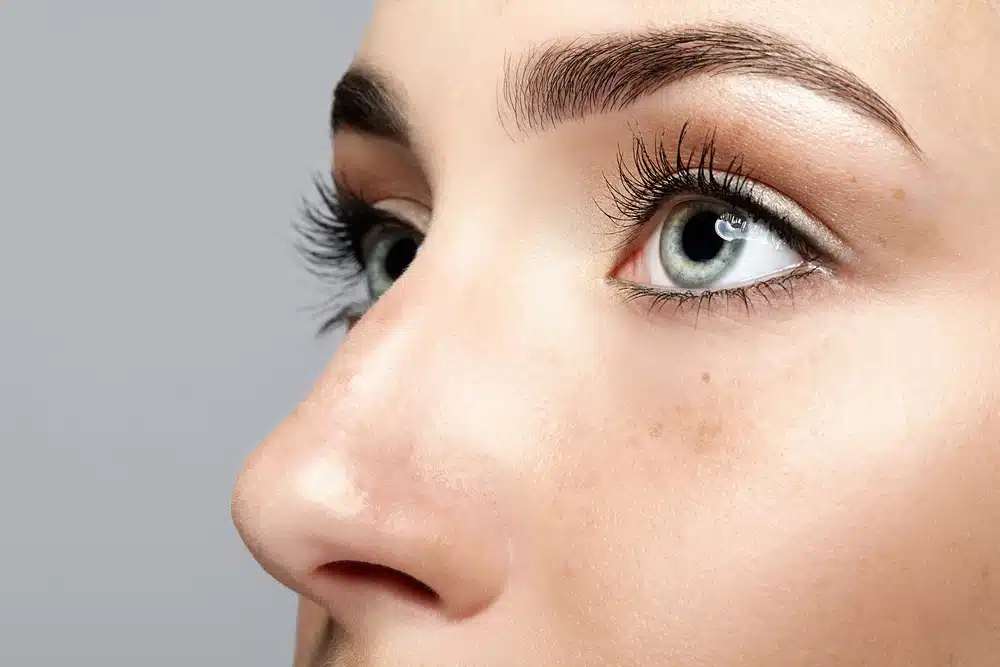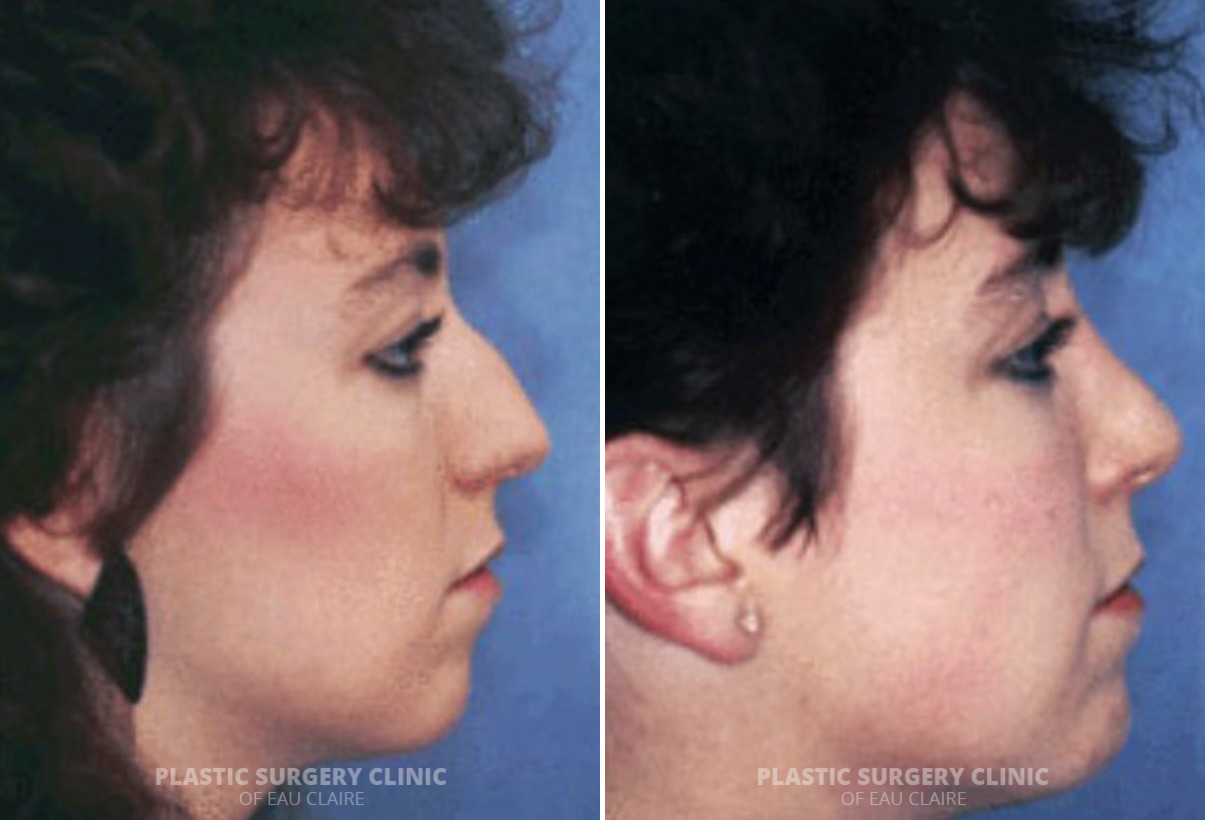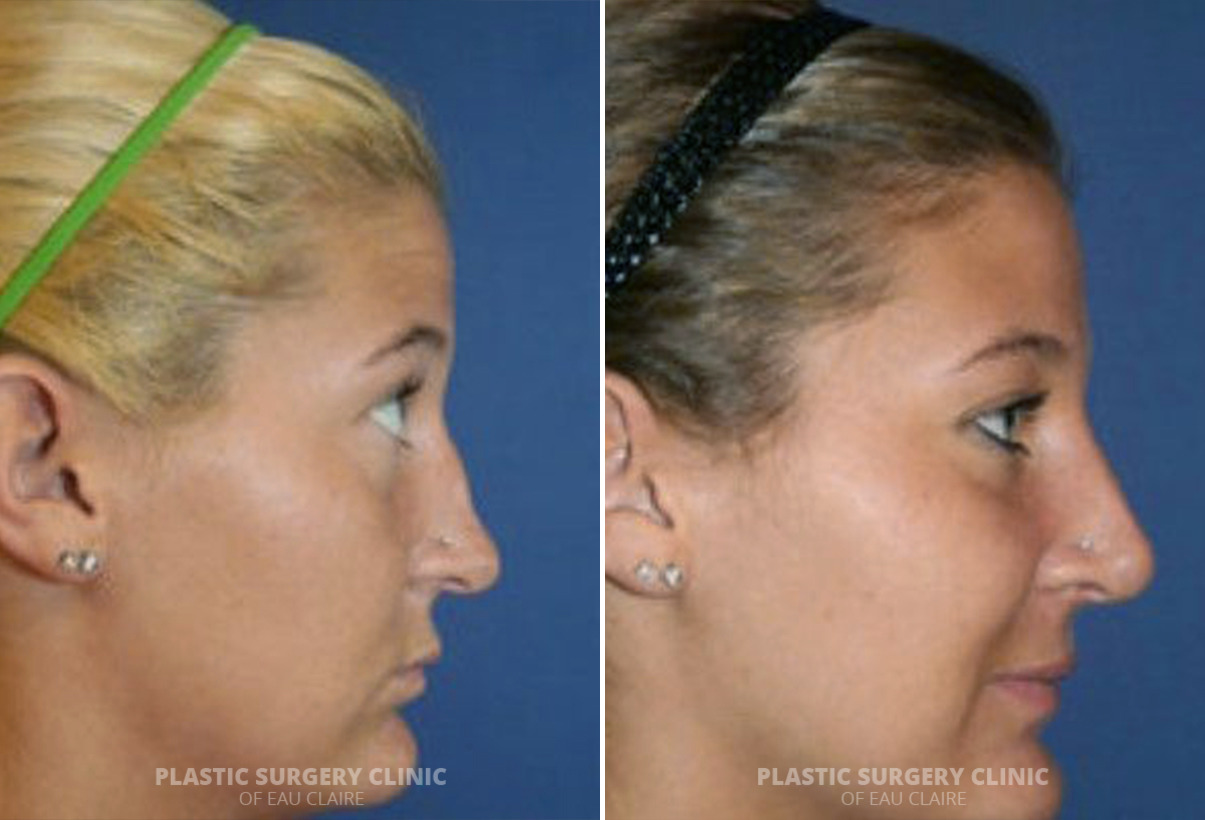Have you ever looked in the mirror and wondered if your nose throws off the balance of your face? For many people, a nose that feels too long or wide can affect not only their appearance but also their confidence. Nose shortening surgery, a form of rhinoplasty, is a highly specialized procedure designed to address just that.
Whether it’s to refine your profile or bring more harmony to your facial features, nose shortening surgery offers powerful, transformative results when done by the right hands. But how does it work, and what can you really expect? Read on to discover everything you need to know before taking the next step.

Can Rhinoplasty Make Your Nose Smaller?
Yes, rhinoplasty can absolutely make your nose smaller. This is one of the most common goals patients have when seeking nasal surgery. Through various surgical techniques, a skilled plastic surgeon can reduce the overall length of the nose, narrow the nasal bridge, refine the nasal tip, and reduce nostril width. The surgical procedure is carefully tailored to your facial proportions and aesthetic goals. By removing or reshaping bone and cartilage, the surgeon can achieve a balanced, natural-looking result that enhances your facial symmetry without making the nose appear “overdone.”
Rhinoplasty Techniques for Shortening a Wide/Long Nose
A nose job for shortening the nose isn’t a one-size-fits-all solution. Depending on your nasal anatomy and aesthetic goals, your surgeon may choose from several advanced techniques to reshape and reduce the dimensions of your nose. Each method targets a different structural aspect of the nose to help create a more refined, proportionate appearance. Below are some of the most commonly used surgical strategies for shortening and contouring a wide or long nose.
Nasal Tip Refinement
This technique focuses on reshaping and refining the lower part of the nose to reduce overall projection and bulk. By trimming and repositioning the cartilage in the nose tip—often the lower lateral cartilages—a more compact, sculpted tip can be achieved. It’s especially useful for individuals whose noses appear overly long or rounded at the end. Nasal tip refinement enhances facial harmony by making the nose appear shorter and more proportionate without compromising natural movement or expression.
Dorsal Hump Reduction
Dorsal hump reduction addresses the raised area along the nasal bridge that can make a nose appear overly long or prominent in profile. This technique involves removing or reshaping bone and cartilage to create a smoother, more linear bridge. It’s a key step in nose shortening when the hump contributes to the overall projection or length of the nose. When done skillfully, it refines the nasal silhouette, making the face look more balanced while maintaining natural nasal contours.
Septal Adjustment
Septal adjustment plays a critical role in shortening the nose, particularly when excess length stems from the internal framework. By reshaping or repositioning the septum—the cartilage wall that divides the nostrils—surgeons can reduce nasal projection and improve overall symmetry. In many cases, this adjustment helps support the nasal tip in a more refined and elevated position. This technique is often combined with others to create a balanced, proportional nose that complements the rest of the face.
Alarplasty (Nostril Reduction)
Alarplasty, or nostril reduction surgery, is used to decrease the width of the nostrils and the base of the nose. This technique is especially effective for patients with flared or overly wide nostrils that contribute to a broad nasal appearance. By removing small wedges of tissue at the base of the nostrils, the surgeon can create a more refined and proportionate nasal shape. Alarplasty is often performed alongside other rhinoplasty techniques to further reduce a wide nose while enhancing overall facial harmony.
Cartilage Grafting
Cartilage grafting is used to add structural support and shape to the nose, especially when shortening changes require reinforcement. Surgeons typically harvest cartilage from the nasal septum, ear, or rib, then sculpt and place it strategically to maintain function and aesthetics. In nose shortening, cartilage grafts help control the angle and projection of the tip, preventing collapse or irregularities. This technique ensures durability and a smooth, natural contour while allowing the nose to be safely reshaped.
Preservation Rhinoplasty
Preservation rhinoplasty surgery focuses on reshaping the nose while preserving as much of the natural structure as possible. Instead of removing large sections of bone or cartilage, it relies on techniques like the “let down” or “push down” methods to lower the nasal bridge without disrupting key support structures. This approach allows for subtle, elegant changes in length and projection while maintaining the integrity of the nasal anatomy. It’s ideal for patients who want refined results with minimal structural alteration.
Which Nose Shortening Surgery Will Benefit Me the Most?
The best approach for nose shortening surgery depends entirely on your unique anatomy, facial balance, and personal goals. Some patients may benefit from subtle tip refinement, while others might require structural adjustments like dorsal hump reduction or septal work. A skilled surgeon will evaluate the shape, size, and support structures of your nose to determine which combination of techniques will achieve the most natural and harmonious result.
This personalized planning is key to both aesthetic success and functional preservation. During your consultation, your surgeon will take into account not just how your nose looks now, but how it will integrate with your overall facial structure post-surgery. The right technique—or combination of techniques—can help you look like the best version of yourself, not someone else entirely.
Are You Ready For A Consultation?
Join our satisfied clients who’ve experienced safe, effective treatments
Closed vs Open Rhinoplasty Procedures
When it comes to performing nose shortening techniques, the choice between closed and open rhinoplasty can have a significant impact on both the surgical process and the final result. Each method has its own advantages and is selected based on the complexity of the case, the anatomical structures involved, and the surgeon’s preferred approach.
In a closed rhinoplasty, all incisions are made inside the nostrils, leaving no visible scars. This technique is typically used for more minor refinements and is associated with less swelling and a faster recovery. However, it may offer limited visibility for the surgeon, making it less ideal for complex nose shortening procedures.
Open rhinoplasty involves a small incision across the columella (the tissue between the nostrils), allowing the surgeon to lift the nasal skin and gain full access to the underlying structures. This method provides greater precision and is often preferred for more significant reshaping, including cases that require septal adjustment or cartilage grafting. While recovery may take slightly longer, the improved visibility can lead to more accurate and lasting results.
Can Liquid Rhinoplasty Reduce the Length of the Nose?
Unlike the surgical options, non-surgical rhinoplasty cannot actually reduce the length of the nose. Instead, it involves the use of dermal fillers to reshape the nose’s contours, often masking irregularities or smoothing out bumps. While it can create the illusion of a more balanced profile, it does not shorten the nose or make structural changes. For patients looking to reduce the actual size or projection of the nose, surgical rhinoplasty remains the only effective option.
Real Patient Results of Rhinoplasty


* Each patient is unique and individual results may vary.
Facial Plastic Surgery of the Nose by an Expert Rhinoplasty Surgeon
Choosing the right surgeon is the most important decision you’ll make when considering any facial plastic surgery, especially for a highly visible and delicate feature like the nose. Rhinoplasty requires both technical precision and an artistic eye to deliver results that are not only functional but beautifully natural. That’s why experience, training, and specialization truly matter.
Dr. Ember Ewings of the Plastic Surgery Clinic of Eau Claire brings all of this to the table and more. Board certified by the American Board of Plastic Surgery, Dr. Ewings completed her residency in plastic surgery at Saint Louis University, followed by a fellowship in pediatric and craniofacial surgery in both Memphis and Paris. Her refined skills and extensive training make her a trusted choice for rhinoplasty in Wisconsin. Call us today at 715-833-2116 or visit our contact page to schedule your personalized consultation.


